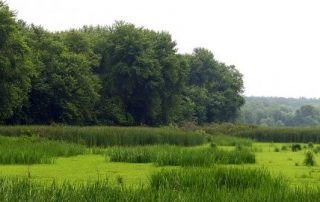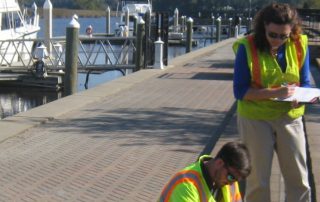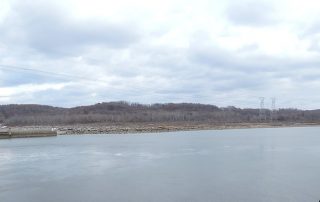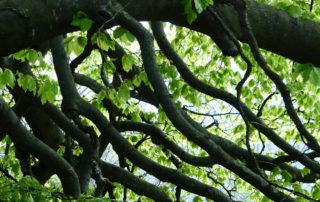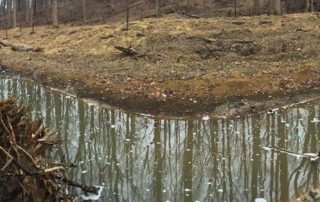Maryland Coastal Bays Watershed Plan
In 2015, the Center for Watershed Protection led the development of a watershed-based plan focused on meeting the nonpoint source TMDL load reductions from the Maryland portion of the Coastal Bays watersheds in Maryland, which include Assawoman Bay, Isle of Wight Bay (including the St. Martin’s River), Sinepuxent Bay, Newport Bay and Chincoteague Bay. The plan addresses the 16 waterbodies with approved TMDLs for nutrients and/or sediment in the Coastal Bays watershed and identifies current and future BMPs to reduce pollutant loads in each TMDL subwatershed. This project involved identification and mapping of existing and proposed BMPs, a desktop assessment [...]

